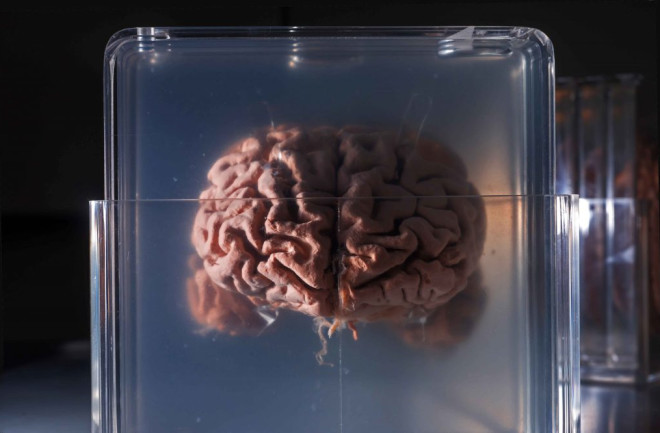A paper just out in eccentric medical journal Medical Hypotheses caught my eye yesterday:
Potential role of calcifying nanoparticles in the etiology of multiple sclerosis
Hmm, I thought, this looks interesting. I’d never heard of the idea that nanoparticles could cause neurological illness.
So I read the paper and quickly found myself falling down a (nano)rabbithole into a fascinating and little-known tale of strange science.
It turns out that the ‘calcifying nanoparticles’ mentioned by the Medical Hypotheses paper are also known as nanobacteria. These are said to be living organisms smaller than any other known lifeform – with some being less than 80 nm across.
The existence of nanobacteria was reported in 1997 by researchers Kajander and Ciftcioglu of the University of Kuopio in Finland, who claimed to have isolated these tiny organisms from human blood. After partially mapping the genetic sequence of the nanobacteria, the researchers announced them to be a new species, Nanobacterium sanguineum.
According to Kajander and Ciftcioglu, nanobacteria were remarkable not only because they were so small, but also because they featured a mineral shell composed of apatite – a calcium-based mineral which is also the main stuff of teeth and bones.
After isolating nanobacteria from kidney stones, Kajander and Ciftcioglu suggested that the organisms might cause harm, having a role in stone formation, and perhaps many other diseases.
Nanobacteria attracted a lot of initial attention, but soon things started to fall apart. Another Finnish researcher called for an investigation into Kajander and Ciftcioglu’s work, accusing Kajander of “selecting electron micrographs to support his theory” amongst other charges. (I’m not sure if anything came of this.)
Then in 2000, a group of NIH researchers revealed that the supposed DNA sequence from Nanobacterium sanguineum was nothing more than contamination from a well-known conventional species of bacteria. The existence of very small apatite particles in biological fluids was confirmed, but the NIH researchers concluded that these were not living things (see also).
The NIH study, however, did not put nanobacteria to bed. Since 2000, there have been 162 papers on the topic in PubMed. Most of these seem to be proposing that nanobacteria have a role in disease: everything from HIV to heart disease, although they’ve also been called potential treatments for cancer.
After 2006, some researchers, led by Kajander and Ciftcioglu, adopted the term ‘calcifying nanoparticles’, I suppose to indicate that they may not be alive, but most still call them ‘nanobacteria’.
So, the Medical Hypotheses paper that I saw yesterday turns out to be just the latest in a long line of work on these microscopic mystery creatures.
The nanobacteria story reminds me of other scientific scandals. Nanobacteria have much in common with the microscopic ‘bions’ reported by psychoanalyst Wilhelm Reich in 1938. In fact, the mineral nanoparticles which were mistaken for nanobacteria have been dubbed ‘bions’ although I think this is is a coincidence. More recently, we had the stripy nanoparticle saga. On the other hand, dendritic spines were widely considered a microscopy artifact for a while, and they turned out to be real.


